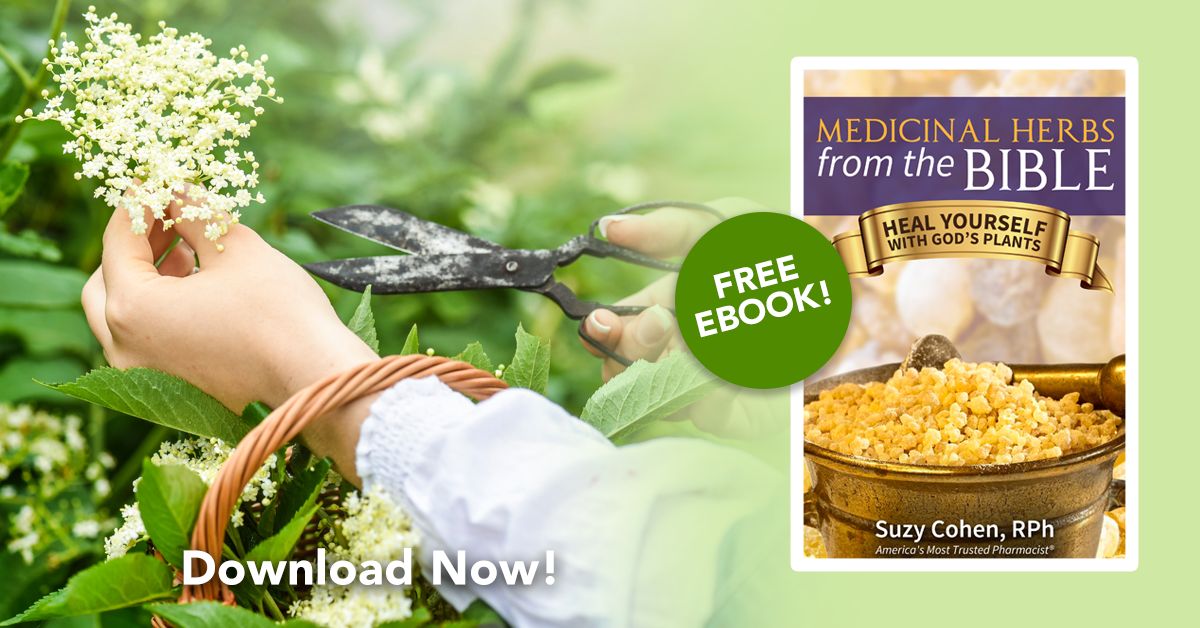What's On This Page?
ToggleSince the dawn of time, people have grown their home remedies. Civilizations across all continents have been learning how to heal their people. We figured out that we could reduce, heal, alleviate, dare I use the word “cure” ailments with certain plants.
With time, the awareness of what specifically could be used to heal has evolved, as science allowed us to find active components within the leaf, stems, root or flowers. Perhaps some of this occurred by accident, or through trial and error.
Nowadays, when you’re not feeling well, you call your doctor in order to receive a prescription for relief. But I think you would agree, there are plenty of mild health concerns that can easily be remedied at home.
Medicinal plants and herbs are grown on a commercial scale. Some are used by pharmaceutical companies too, but they’re slightly altered first. For those of you who have a black thumb, don’t worry, the following list is a very hardy plant list, and you can reconsider growing them at home, even in your yard. The following home remedies are easy to grow and harvest. They will give you plenty of health benefits!
Let’s take a look at four popular plants you can grow at home.
1. Lavender Tea and EO are Great Home Remedies
An antimicrobial best recognized by its beautiful violet-colored florets. Lavender essential oil (EO) is very popular, and probably the best-selling EO of all time! This common herb makes for a fragrant and colorful addition to any home or garden. I have it in my own garden out back because it can tolerate Colorado cold! Fairly easy to grow and incredibly useful for a wide variety of occasions, lavender can be used for everything from skin ailments to fungal infections to aromatherapy. Here’s a delicious sleep tea recipe called Lavender Rose Sleep Tea.
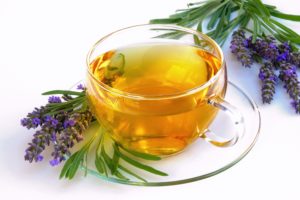
It’s great at reducing stress and insomnia, healing skin wounds and reducing pain/itching from bug bites. You can put a few drops on the floor of your shower too, and then inhale the aroma as you bathe.
Growing Tip. Lavender likes sunlight and a quick-draining soil. I have it growing in my backyard as a perennial. I suggest a pot with drainage holes at the base so any excess water can be flushed away. When those pretty flowers start showing, handle them with care, and shape your plant periodically just to keep it perfect. It’s one of the easiest home remedies you can grow!
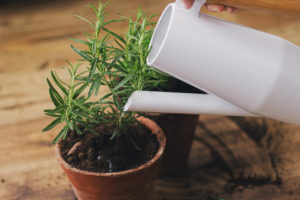
2. Rosemary is an Antioxidant Home Remedy
Not just a pretty name, this little herb is quite bushy and full of all sort of healing properties! Rosemary is a wonderful anti-inflammatory, anti-apoptotic and antioxidant that can improve blood circulation and support immune function. It can be inhaled, used as an essential oil and as you know, the fresh sprigs of rosemary are safe to cook with or make tea.🍵 Preliminary research suggests rosemary has a positive impact on blood pressure. Read more about that in my article, 10 Ways to Treat Sudden Low Blood Pressure.
Throughout the ages, it has been used as a mild analgesic and has been seen to fight against neuropathy, headaches, migraines, depression and on occasion insomnia. Rosemary may also soothe indigestion, alleviate constipation and help with bloating. It is anti-viral in nature so it may be good for stomach bugs. Rosemary EO is excellent if you’re feeling nervous or anxious. It is one of the best home remedies to keep in your home. Rosemary contains rosmarinic acid which has been studied for its ability to help reduce bone metastasis from breast cancer. That is discussed in this PAPER in case you’d like to learn more.
As for cooking, this seasoning is known all around the world. It’s great to put a fresh sprig in any soup, or stew. You can even use it in the summertime, and put a sprig into ice cold water with some lemon.
Growing Tip. I have this in my garden, it is frost tolerant, just be sure you choose a well-draining soil because it does not like too much wetness near the roots. Do not over water it. If you’re growing it indoors, plant it in a big pot, and place it beside a window where it will enjoy at least 6 hours of sunlight each day. It really does need full-sun, or it won’t thrive. If you get it right, this plant will bring you joy (and healing) for up to 30 years!
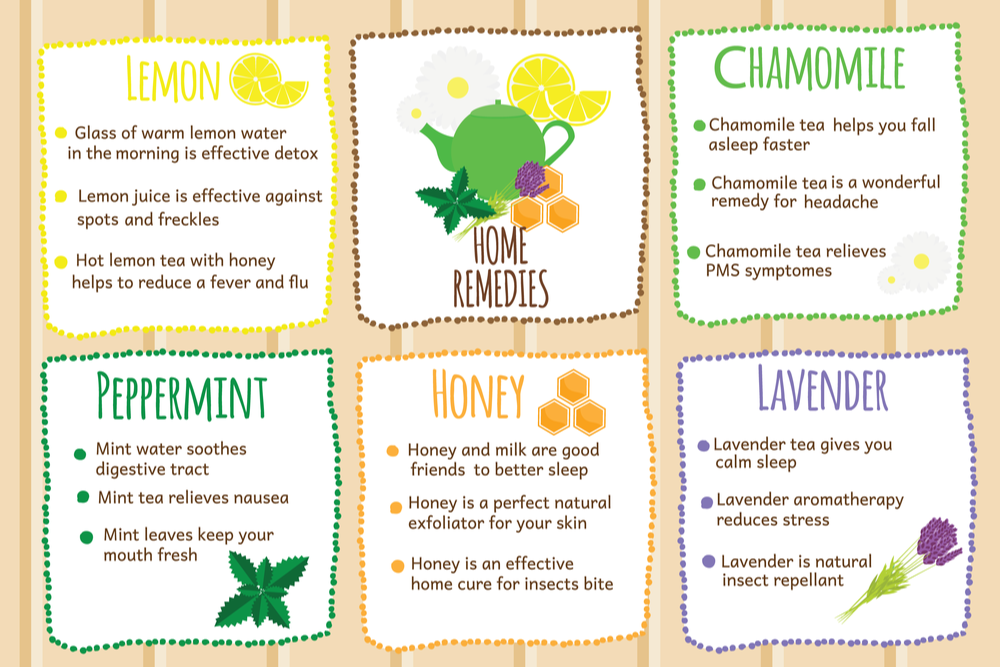
3. Chives Make Great Home Remedies
A cancer fighting onion that doesn’t make you cry, chives are easy to grow and tastes good! It’s so true! I’ll dive into all the various ways chives are absolutely incredible in a moment, but first, let’s reiterate the former. Chives are made up in part by sulfur which is a deterrent for cancerous cells and can actually prevent them from spreading through the human body. Pause and think about that, food that is so powerful it can protect DNA! It’s partly due to the folate, which is known to reduce the risk of birth defects.
Chives contains this B vitamin (folate), along with others including niacin and riboflavin. Chives are high in vitamins A and C, and has some minerals like calcium and iron. Taken together, this profile and the phytochemical naturally found in chives do a lot (see my list below).
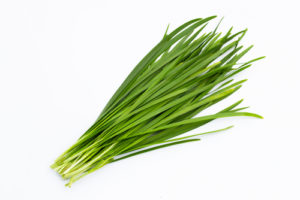
Aside from being the icing on the cake (and I really mean, heaven atop a baked potato!), some phenomenal things associated with the phytochemical readily found in chives include the following:
Improved bone integrity
Reduction in blurriness (eyesight)
May help reduce plaquing in arteries
May lower blood pressure and cholesterol levels
Soothes digestive upset or discomfort
Growing Tips. Chives are easy to grow indoors because they require minimal maintenance. They simply require a brightly lit, sunny place to live. Be sure to keep the soil fairly moist. Best part is, you can clip them and use them as much as you like and they will keep growing! And the more you cut, the better they seem to grow.
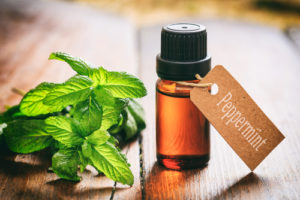
4. Peppermint leaves and EO are home remedies
Commonly used as an ingredient with food and drink, tea and in sweets, peppermint might surprise you with how many healing qualities it offers beyond your seasonal Peppermint Mocha Latte! Peppermint can be used dried, fresh, as an oil or as an essential oil. It can lift depression, soothe anxiety and in some cases help with GI issues such as nausea, diarrhea and flatulence.
Putting a dab of the peppermint EO on your temples might relieve a mild tension headache.
If you put a few drops of peppermint EO in a pot of water and do a (safe) steam inhalation, the menthol components of this plant will help relieve congestion and suppress a cough. This is why you buy cough lozenges… because they are high in menthol.
If you have digestive problems, including IBS or SIBO, take a minute to read, Peppermint is a Cool Solution for IBS. Here’s another great article called, Using Essential Oils & Peppermint.
Growing Tip. Easy to grow and easy to propagate. A never-ending peppermint supply is in your future. I put some in the garden and it spread like wildfire! All my neighbors got the benefit of this when I cut it down… it is probably impossible to kill even if you have a black thumb. This plant will thrive with a consistent watering schedule (for younger plants, try once a day to start and see how they do), good drainage in your pot and protection against too much sun. Partial shade will be the ideal location.
One plant I failed to cover here is discussed in my other article entitled, Unusual Health Benefits of Eucalyptus. Read that if you have an extra minute or two.
The golden rule, or should I say 🌿 green rule is this: Take care of plants and they will take care of you! Plants are home remedies!
Not only does tending to a few plants around the house, or an entire garden keep us more active, but it’s therapy. When you see the 🌼 blooms happen, it is exciting. You can do it!
And keep in mind, what comes around, grows around! This peaceful hobby provides glorious health benefits because when you’re kind to your plants, they are terribly generous in return!

Suzy Cohen, has been a licensed pharmacist for over 30 years and believes the best approach to chronic illness is a combination of natural medicine and conventional. She founded her own dietary supplement company specializing in custom-formulas, some of which have patents. With a special focus on functional medicine, thyroid health and drug nutrient depletion, Suzy is the author of several related books including Thyroid Healthy, Drug Muggers, Diabetes Without Drugs, and a nationally syndicated column.

